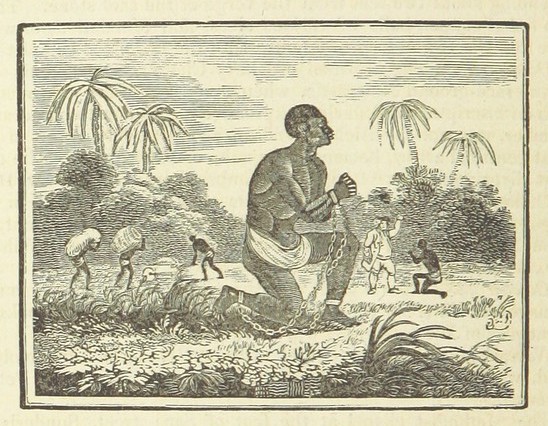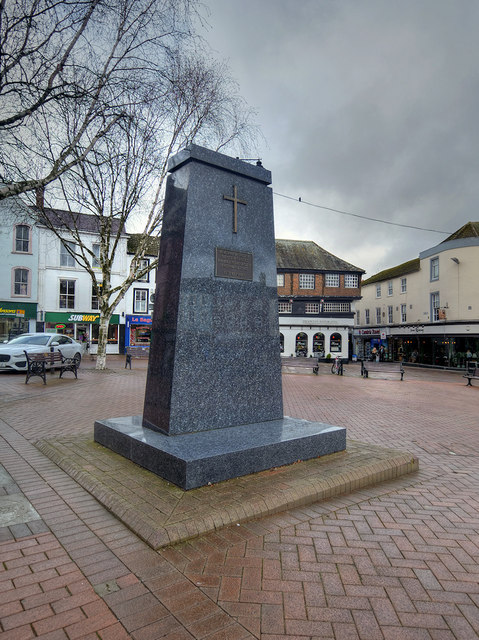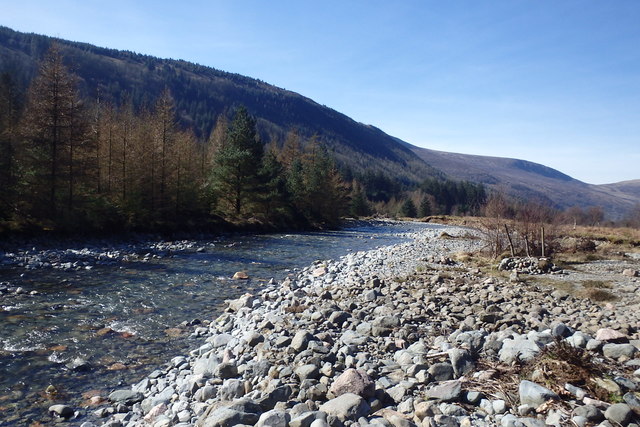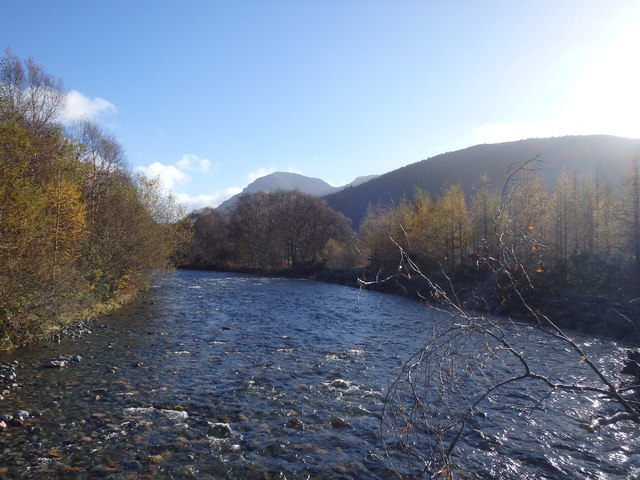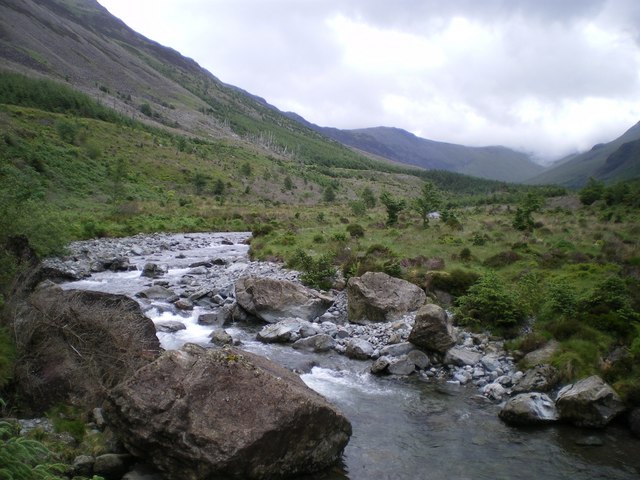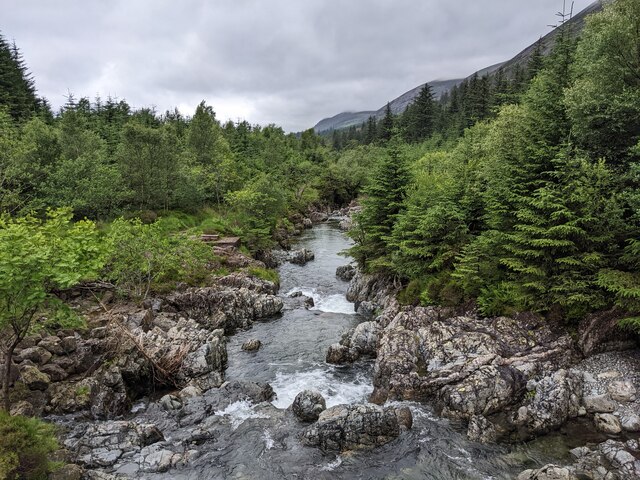International Slavery Museum exhibit

-
Description
Picture from France Maritime by Grehan Amédée, Paris 1855. I imagine there can be but one place more horrible in all creation than the hold of a slave ship, and that place is where slave owners are the most likely to find themselves one day. Baquaqua , former slave, 1854. Conditions on board ship during the Middle Passage were appalling. The men were packed together below deck and were secured by leg irons. The space was so cramped they were forced to crouch or lie down. Women and children were kept in separate quarters, sometimes on deck, allowing them limited freedom of movement, but this also exposed them to violence and sexual abuse from the crew. The air in the hold was foul and putrid. Seasickness was common and the heat was oppressive. The lack of sanitation and suffocating conditions meant there was a constant threat of disease. Epidemics of fever, dysentery (the 'flux') and smallpox were frequent. Captives endured these conditions for about two months, sometimes longer. In good weather the captives were brought on deck in mid-morning and forced to dance and exercise. They were fed twice a day and those refusing to eat were force-fed. Those who died were thrown overboard. -
Owner
Diego Sideburns -
Source
Flickr (Flickr) -
License
What does this mean? Attribution-NonCommercial-NoDerivs License
-
Further information
Link: https://www.flickr.com/photos/67168034@N00/21052038068/
Resource type: Image
Added by: Simon Cotterill
Last modified: 3 years, 10 months ago
Viewed: 407 times
Picture Taken: 2015-09-04T15:07:19 -
Co-Curate tags

